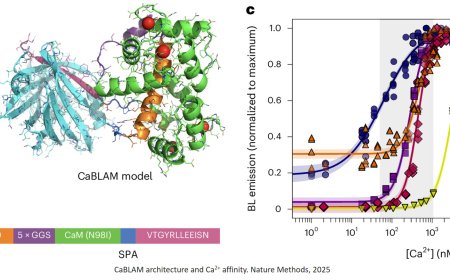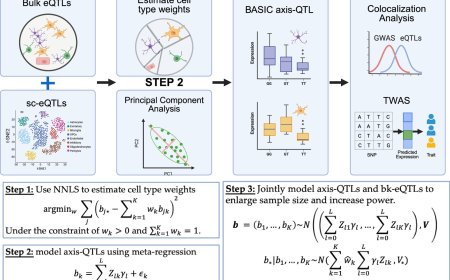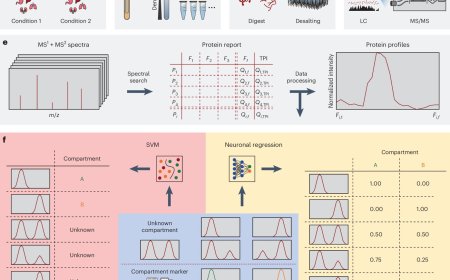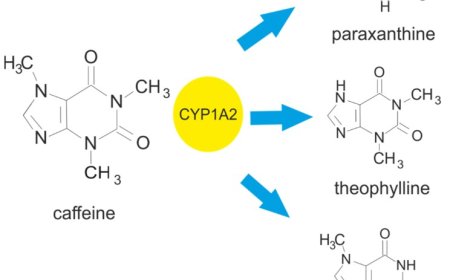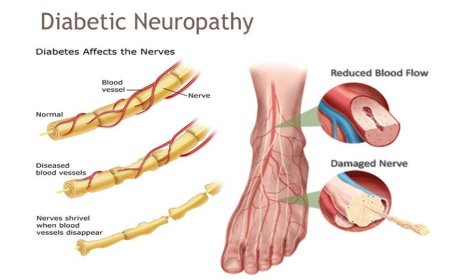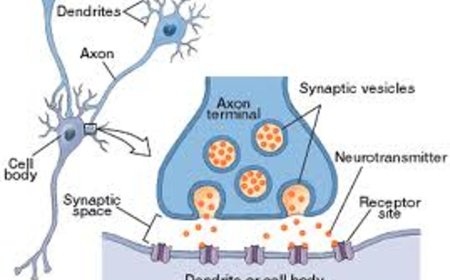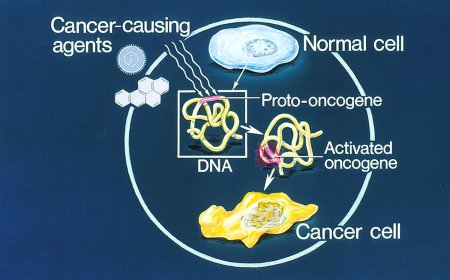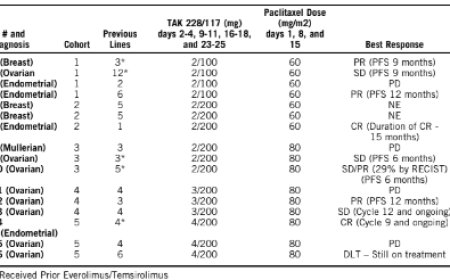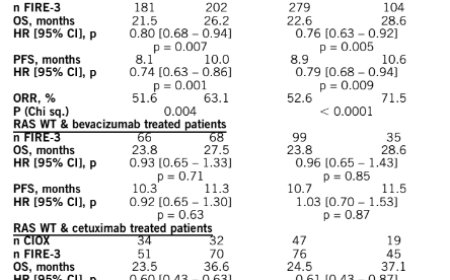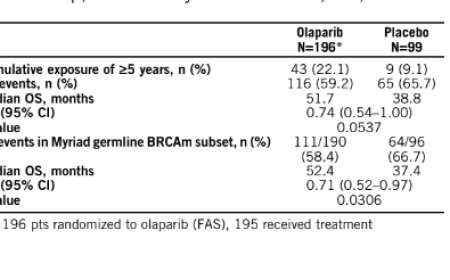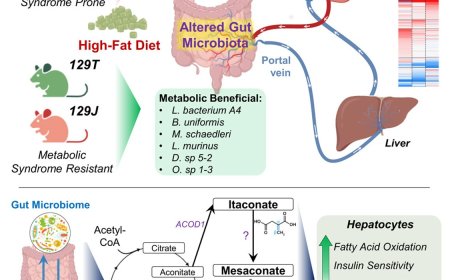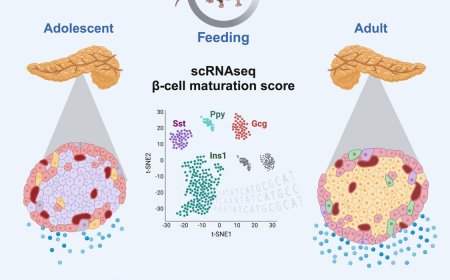How cilia regulate development of precursor cells in fat tissue
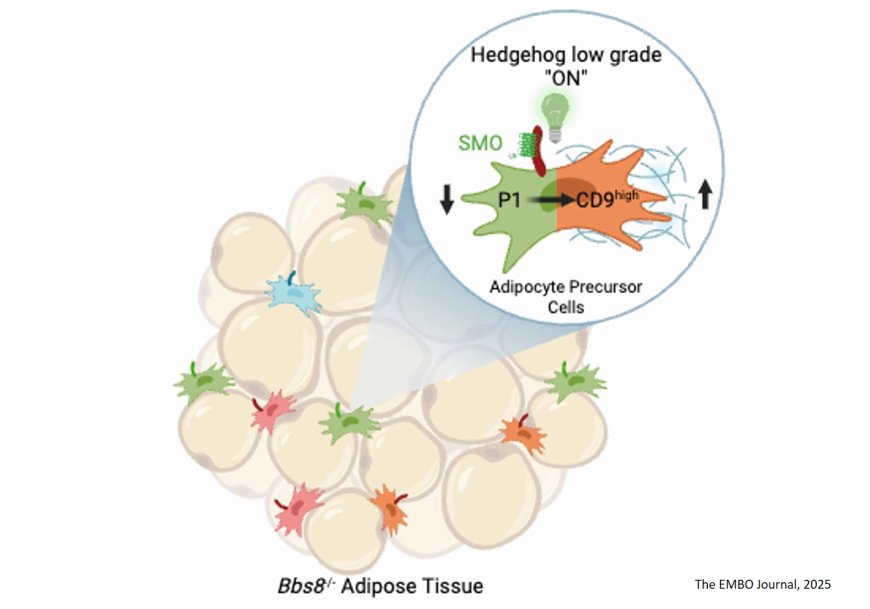
Too much fat can be unhealthy: how fat cells, so-called adipocytes, develop, is crucial for the function of the fat tissue. That is why a team of researchers investigated the influence of primary cilia dysfunction on adipocyte precursor cells in a mouse model. They found that overactivation of the Hedgehog signaling pathway causes abnormal development into connective tissue-like cells instead of white fat cells. Their findings have now been published in The EMBO Journal.
White adipose tissue stores energy and regulates important metabolic processes in the body. "It constantly grows or shrinks, depending on how much energy we consume or burn. Specialized 'stem cell-like' precursor cells play a key role in this process because they have the ability to form new fat tissue," says the corresponding author.
Unlike mature fat cells, the precursor cells have a small structure called a primary cilium. Primary cilia act as a kind of antenna, which receives signals from the environment and regulates specific signaling pathways. Thereby, they control whether these cells develop into fat cells or connective tissue-like cells. The senior auhtor sums up: "The regulation of these precursor cells is crucial for the health of white adipose tissue in obesity. We therefore wanted to find out how cilia control the development of precursor cells into fat cells."
The researchers investigated different subgroups of precursor cells in the adipose tissue of mice whose cilia function is impaired by a genetic disorder called Bardet-Biedl syndrome (BBS). People with BBS often suffer from obesity, and mice with BBS also show increased body weight. The research team found that when an important cilia protein (BBS8) is missing, changes in white adipose tissue occur even before the onset of obesity. The stem cell-like precursor cells decrease in number because they increasingly transform into connective tissue-like cells. These are found, among other places, in scar tissue, where they contribute to tissue hardening. However, their function in adipose tissue in the lean state is still unclear.
"We have identified the Hedgehog signaling pathway as a key factor in the malformation. Its activation is normally strictly regulated by primary cilia", says a co-first author. Another co-author adds: "If cilia function is disrupted, as in BBS, this pathway becomes overactive and drives the cells in an undesirable direction: away from their actual function in forming fat cells. Thus, the Hedgehog signaling pathway controls cell fate in white adipose tissue."
These results show that cilia actively influence the fate of fat precursor cells in the adipose tissue and, thus, whether healthy adipose tissue is maintained. "These mechanisms could play a central role in the development of obesity. This discovery opens up new possibilities for targeted intervention in fat cell regulation and, in turn, for the development of more targeted therapies against pathological changes during obesity," says the author.
https://www.embopress.org/doi/full/10.1038/s44318-025-00524-y
https://sciencemission.com/BBS8-dependent-ciliary-Hedgehog-signaling


